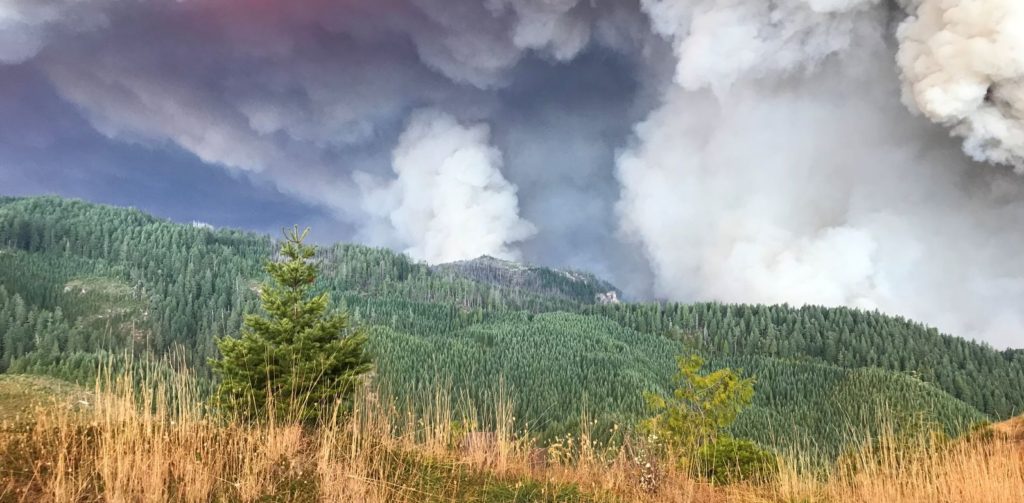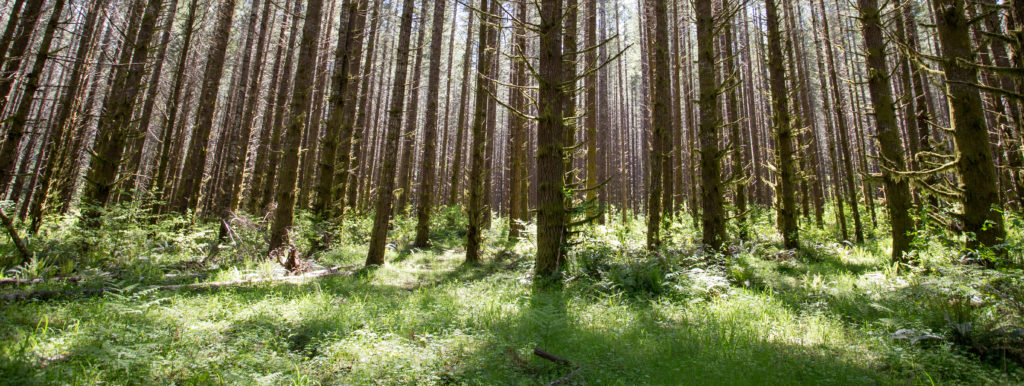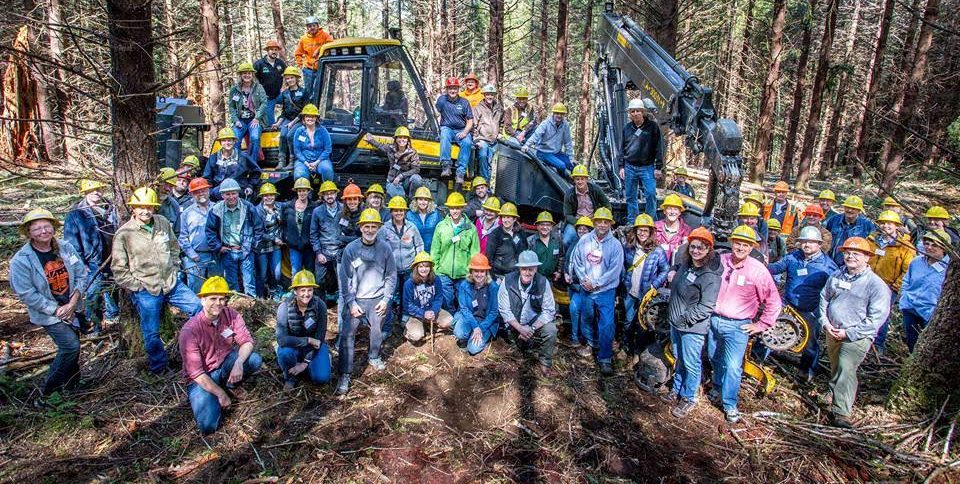By: Todd Payne | The Oregonian | March 10, 2021
Payne is chief executive of Seneca Family of Companies and chairman of the board for the Oregon Forest and Industries Council.
**This opinion originally appeared in The Oregonian.
The March 2 story “Oregon’s logging industry says it can’t afford new taxes” misunderstands the market complexities of our state’s most iconic industry. The severance tax proposed by HB 2379 would not be paid by mills making short-term profits on high lumber prices driven by homeowner remodeling demands during stay-at-home orders. It would be paid by 65,000 private forestland owners in Oregon who collectively just lost over 400,000 acres to wildfires.
I can honestly say this is the worst time to increase taxes on private landowners. According to our calculations, the tax would be an 800% increase in taxes on harvested timber, which is completely untenable. Taxes are permanent. Blips in short run markets are not. Oregonians expect thoughtful policy decisions that respect the stability of family businesses, not attempts to tax them out of existence.
Private forestland owners and manufacturers make Oregon the number one national producer of lumber, and we have more trees today than we did 100 years ago. Seneca is one of Oregon’s oldest, home-grown, family-run forest products companies. We employ 470, manage 170,000 acres in seven counties and operate four sawmills and a co-generation facility that provides clean, renewable energy to 13,000 homes in Eugene. We’ve survived through smart innovation, experienced risk calculations and a grit and endurance that only come from loving what we do.
We are one of few remaining Oregon companies that own forestland and sawmills, giving us expertise on market dynamics between logs and lumber prices. The story focused on lumber prices, but that’s only one part of the equation. Log prices and lumber prices are often disconnected. Because one temporarily goes up does not mean the whole supply chain benefits. More important is long-term stability. Unlike farmers who harvest their crop annually, we invest in cultivating seedlings for 40+ years before we see a return – provided those trees aren’t lost to fire, insects, disease, or ice.
Our industry and its 60,000 Oregon employees depend on the health and vitality of both the mills and the forests that supply them. Unfortunately, the Labor Day fires disrupted that balance, and in the coming years our mills will undeniably face a shortage of timber. In addition to wildfire losses, the state is proposing a 70-year management plan that makes almost 60% of state-owned forests off-limits to harvest. We anticipate upcoming regulatory changeswill further decrease harvest.
Over the last few years, the Oregon Legislature has increased the tax burden on businesses by a whopping 41%, according to a report for Oregon Business and Industry. An additional 800% increase in taxes on harvested timber could make it economically unfeasible to maintain forestland as it would be layered on top of existing property taxes, income taxes, payroll taxes, the new Corporate Activity Tax, plus assessments for fire suppression.
Today, timber is correctly taxed as a crop, but forests are more than just crops – they provide many environmental and social benefits. That’s why our tax and land use systems work together to prevent incentives to convert forestland to other uses. While trees grow, they provide water filtration, air purification, carbon capture and storage, wildlife habitat, and recreation. When trees are harvested, they create family-wage jobs and the only reliable, renewable source of carbon-neutral building materials.
Our Legislature should help businesses struggling through the pandemic, not increase their taxes. We should focus on restoring hundreds of thousands of acres of burned forests back to healthy, thriving forests that are less likely to burn – not taxing the people doing that work.










